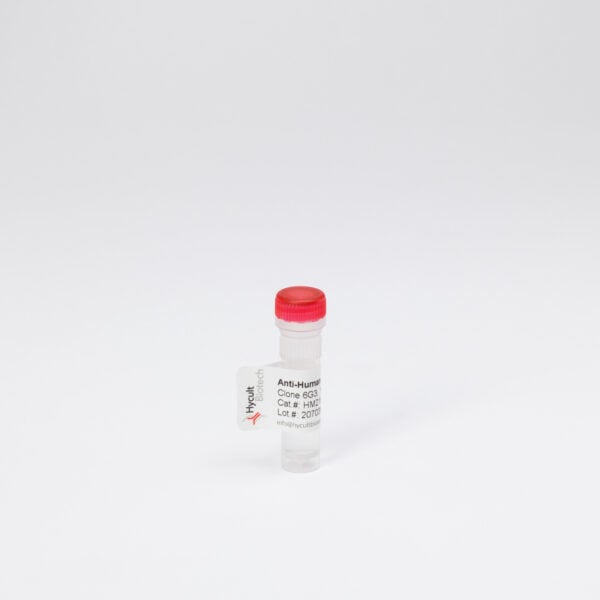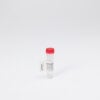ASGPR, Rat, mAb 8D7, FITC
€133.00 – €578.00
The asialoglycoprotein (ASGP) receptor is a transmembrane hepatocellular surface carbohydrate binding glycoproteins lacking terminal sialic acid residues (asialoglycoproteins). Characterization of the ASGP receptor- revealed its functional role in the binding, internalization and transport of a wide range of glycoproteins, which have exposed galactose or N-acetylgalactosamine residues, via the process of receptor-mediated endocytosis (RME). The ASGP receptor can bind a variety of important plasma proteins including transport proteins (i.e. transferrin), enzymes such as alkaline phosphatase, immunoglobulins including IgA, apoptotic hepatocytes, fibronectin and platelets. Additionally, the expression of the ASGP receptor has been clinically correlated to the level of hepatic function that is lost during liver diseases related to cancer, viral hepatitis, and cirrhosis. The ASGP receptor consists of major and minor subunits, which in the rat were identified as rat hepatic lectin (RHL) 1 and RHL 2/3, with molecular weights of respectively 42, 49 and 54 kDa. The selective binding (calcium and pH depended) and uptake of terminal galactosyl bearing proteins requires the formation of hetero-oligomers between these major and minor forms. The total ASGP receptor population consisted of two functionally distinct receptor populations, designated State 1 and State 2, which were involved in the endocytosis and intracellular processing of ligands by different pathways. The monoclonal antibody 8D7 recognizes a subunit-specific epitope on RHL-1 of rat ASGPR. The monoclonal antibody 8D7 is cross reactive with human ASGPR.
F: aceton fixed tissue section were incubated Hybridoma culture supernatant
IA: microtiter plates were coated with 100 µl 20ug/ml for ELISA






